Colorectal Surgery
Highlights from “Features of our department in illustrations and photos” Department feature 1
Large number and wide variety of surgical operations
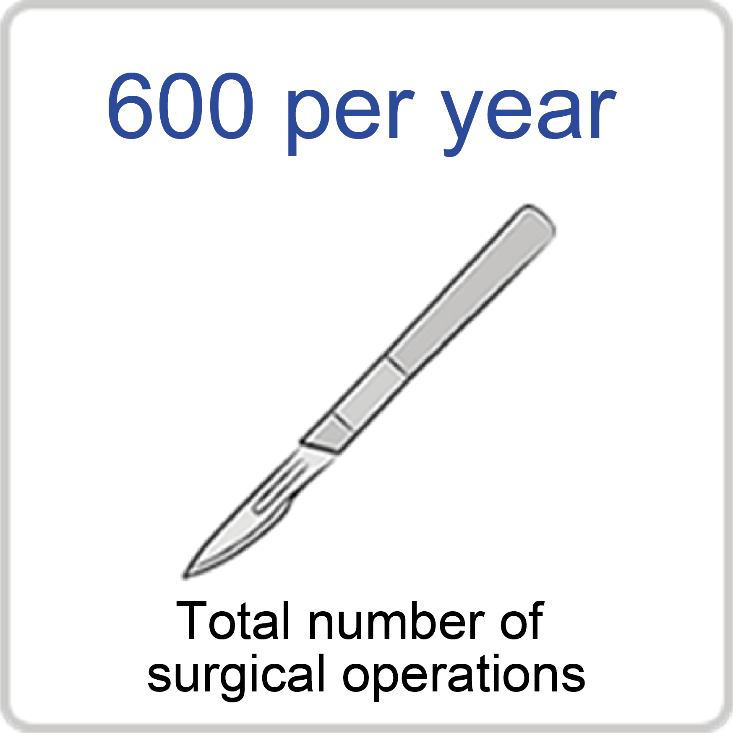
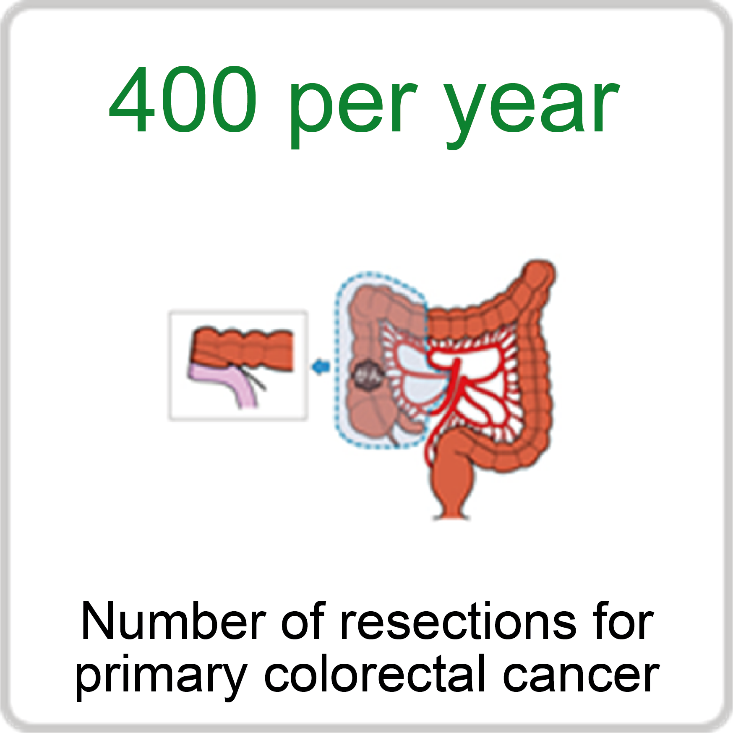
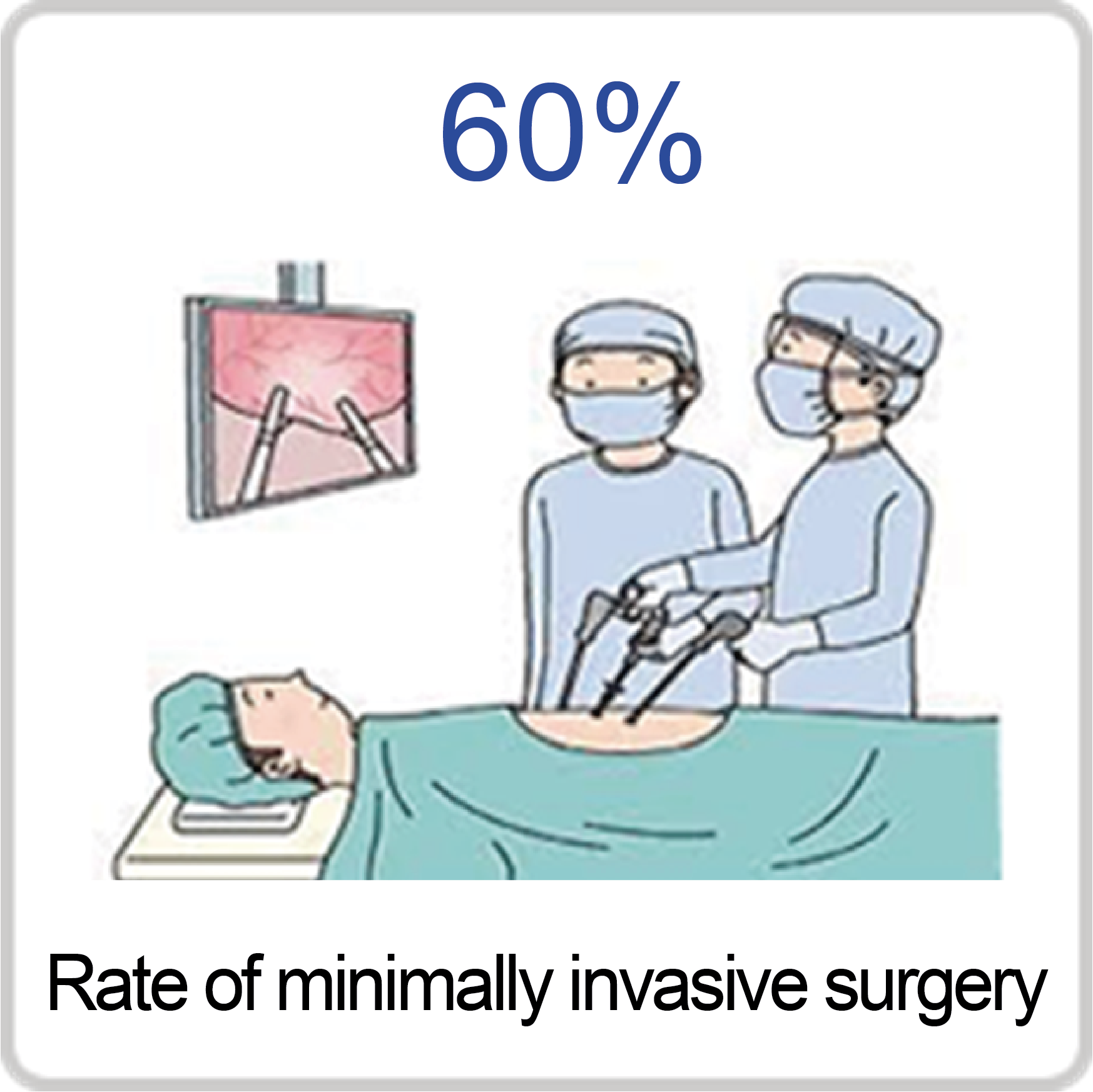
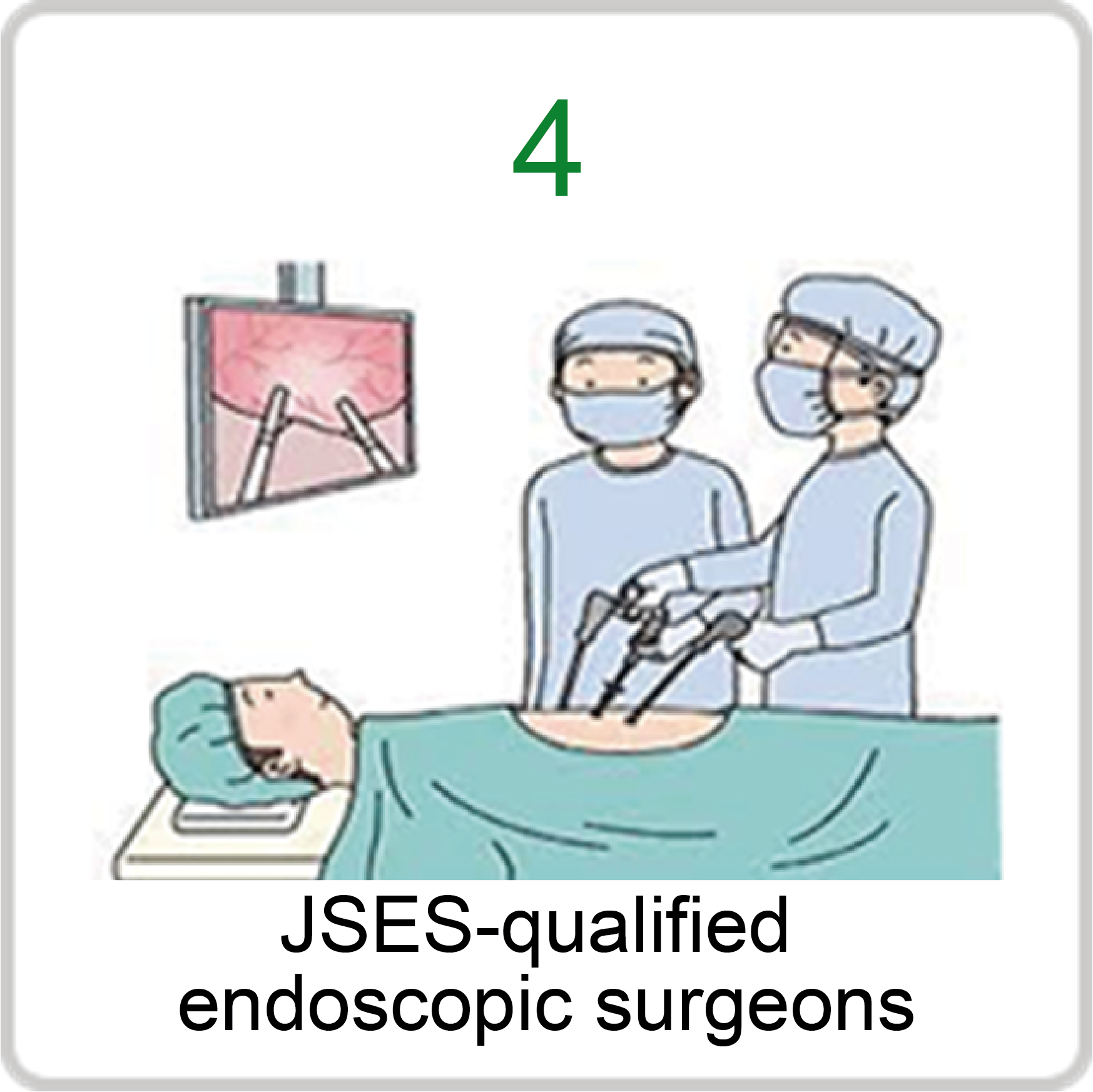
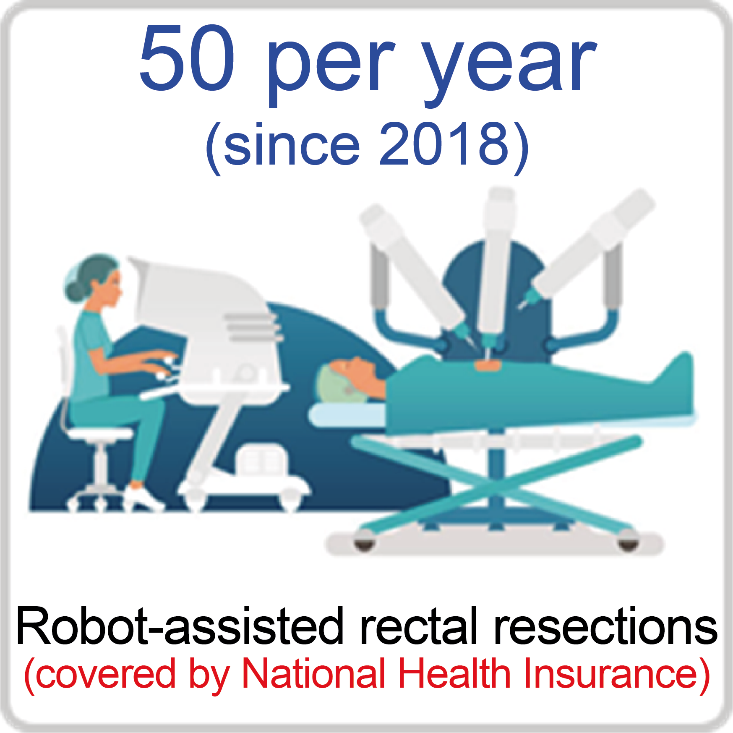
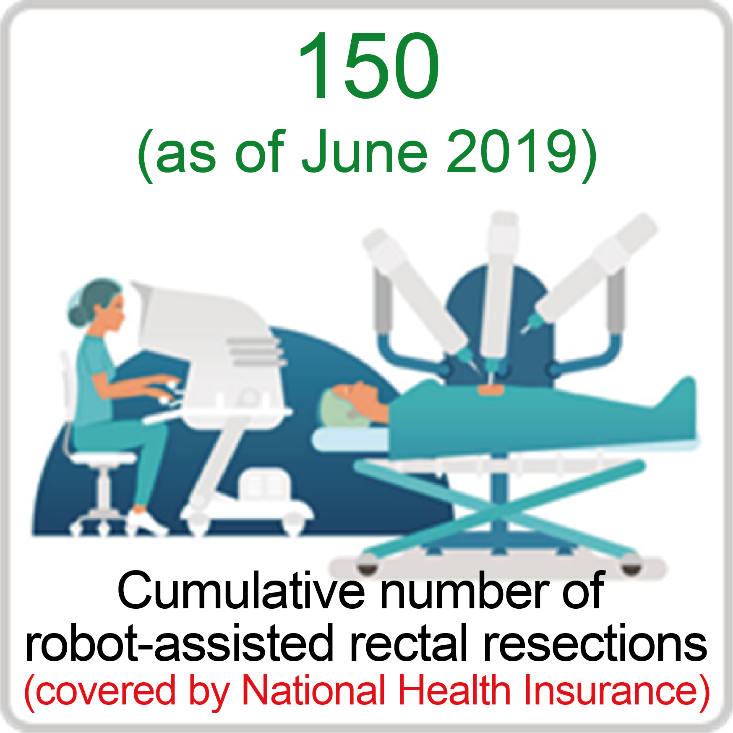
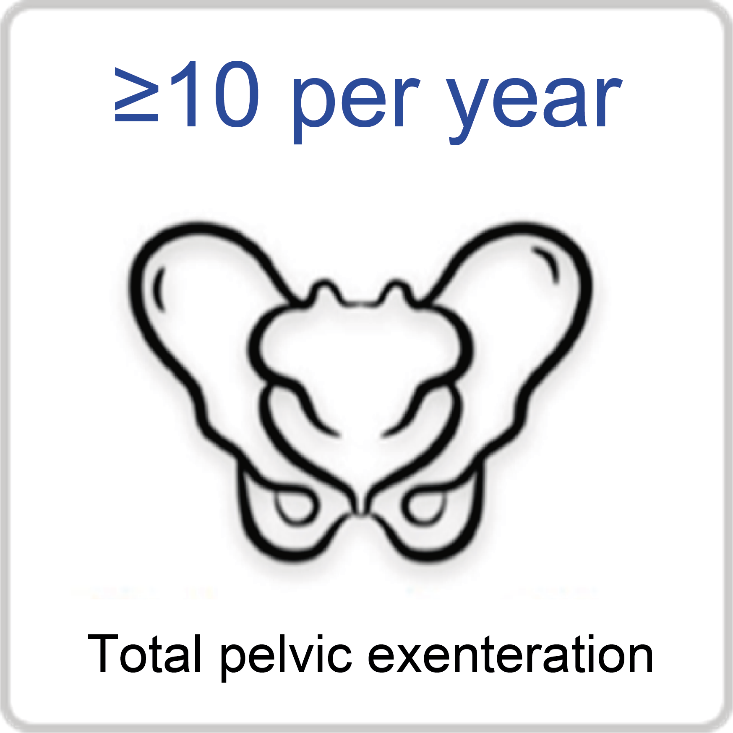
Not only do we treat a large number of patients, but we also perform a wide variety of operations. We provide optimal treatment for each individual patient,ranging from limited and minimally invasive surgeries, such as laparoscopic and robotic surgeries, to extensive surgeries, such as combined resection of adjacent and metastatic organs.
Department feature 2
NCCH delivers the standard of care
The “standard of care (D3 dissection)” as defined by clinical guidelines is the best evidence-based treatment available at the present time that has the best chance of being effective for the patient at hand.

D3 dissection for right-sided colon cancer

D3 dissection for left-sided colon cancer
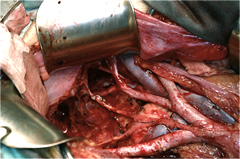
Lateral dissection (D3) for lower rectal cancer
We have achieved minimal complication rates and short hospital stays through safe practice of appropriate and systematic lymph node dissection and familiarity with postoperative management.
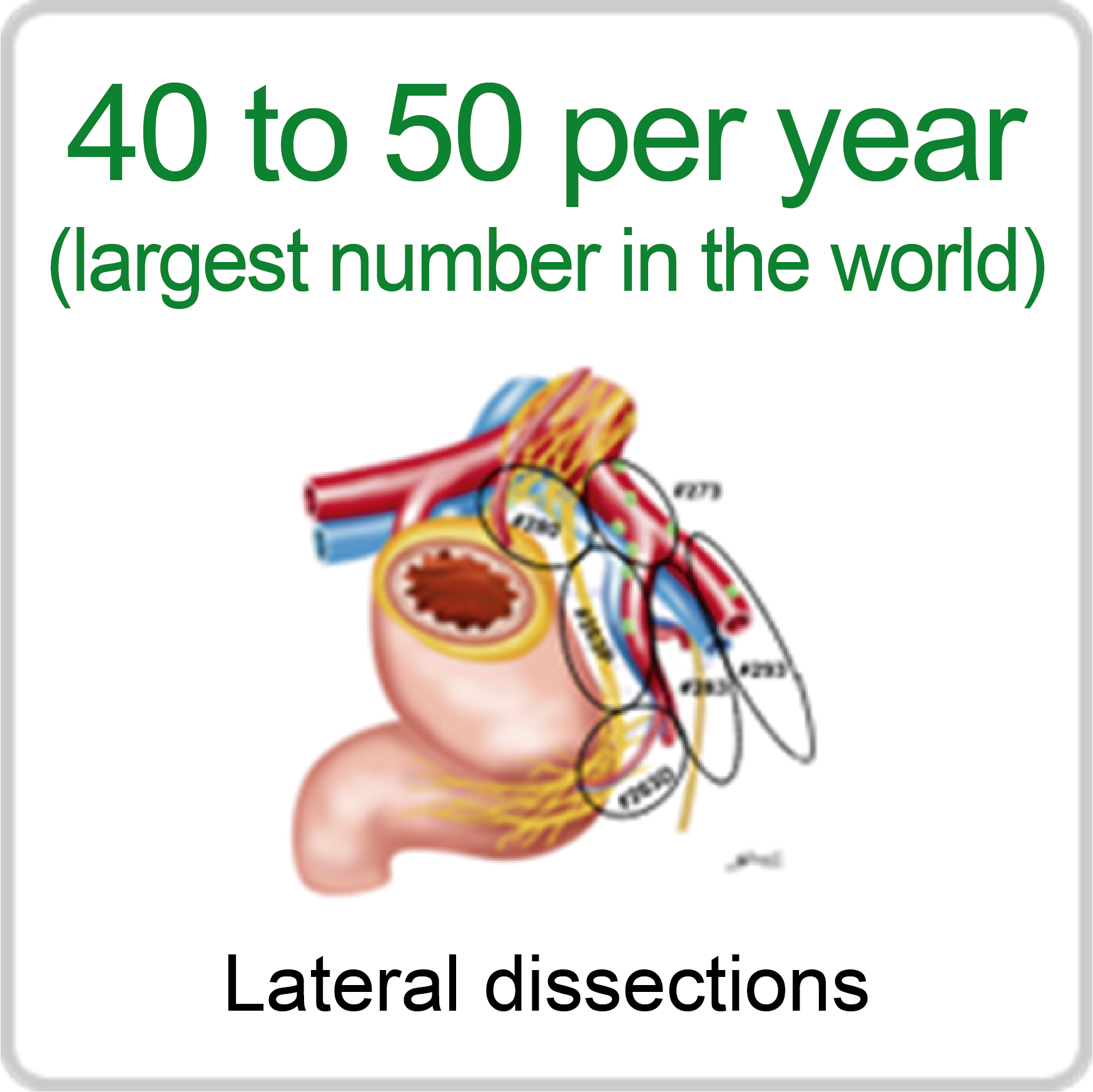
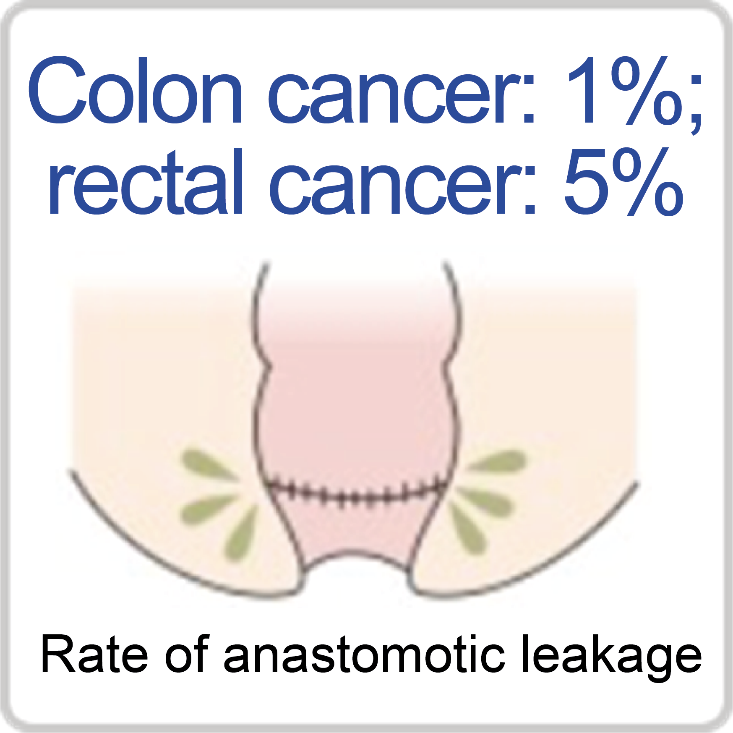
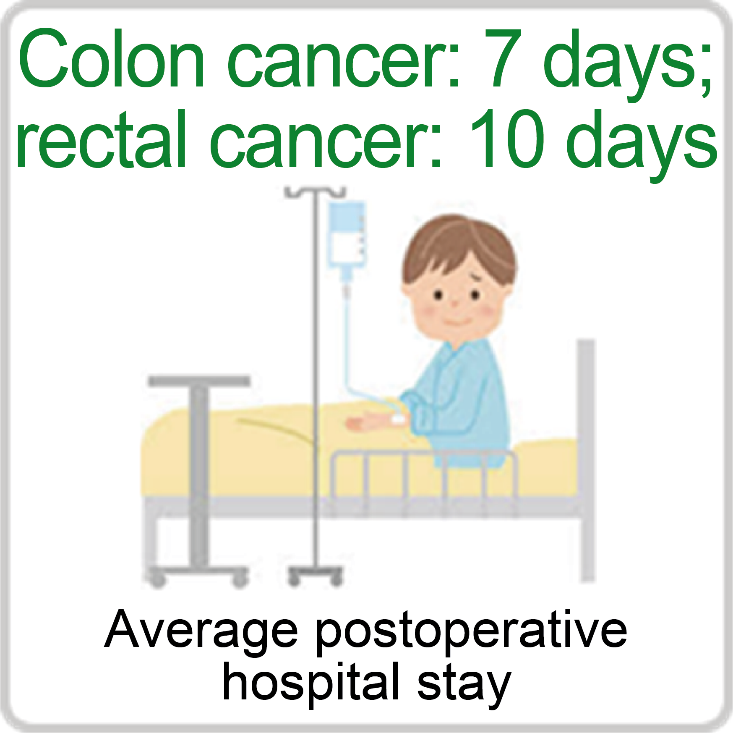
High anal and functional preservation rates and a near 100% colostomy reversal rate for lower rectal cancer
Just as important as the anal preservation rate is the success rate of subsequent reversal of the temporary colostomy that must be created when the anastomosis is at a lower section of the colon. We have achieved good outcomes by providing a surgery-first standard of care.
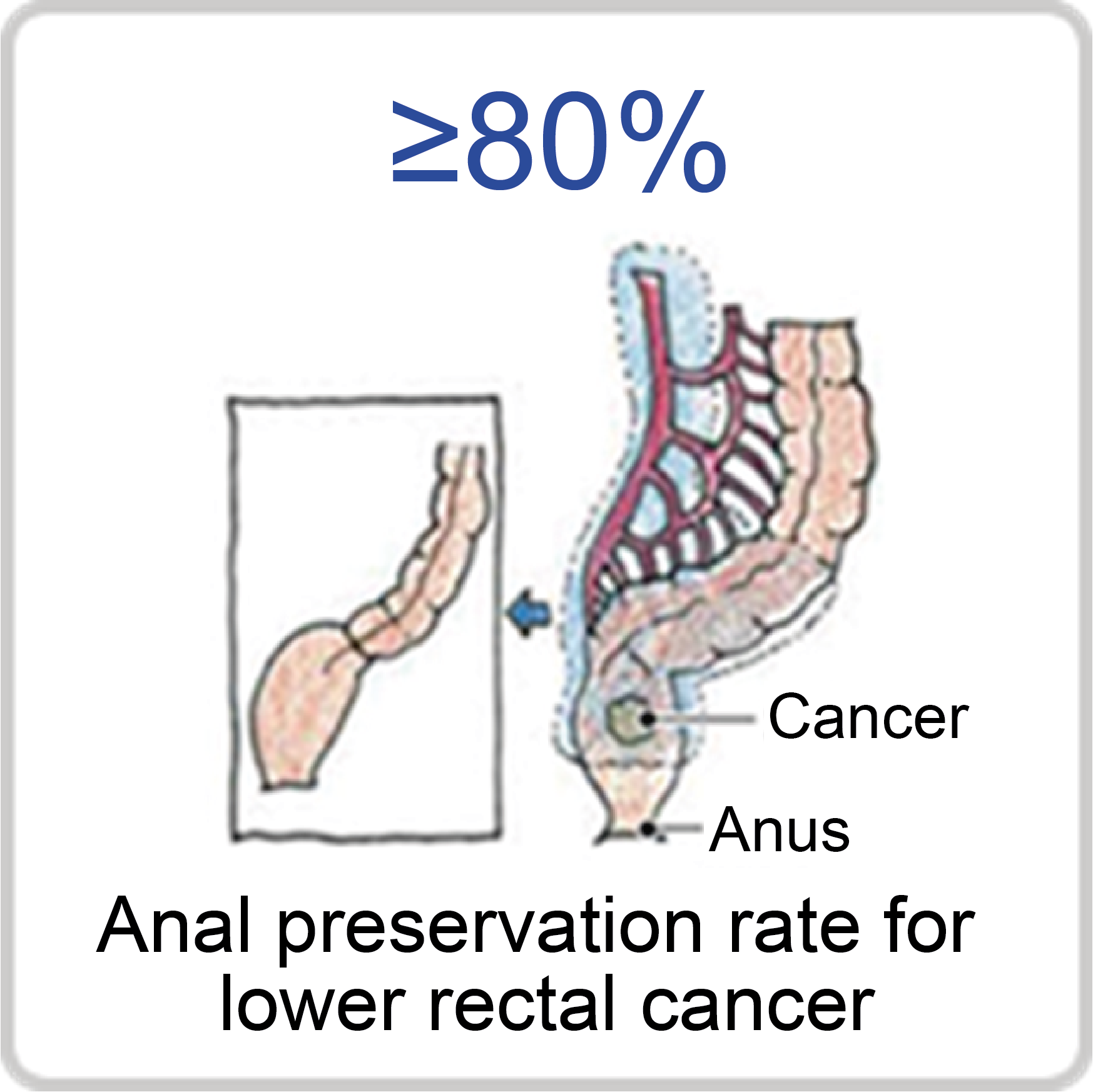
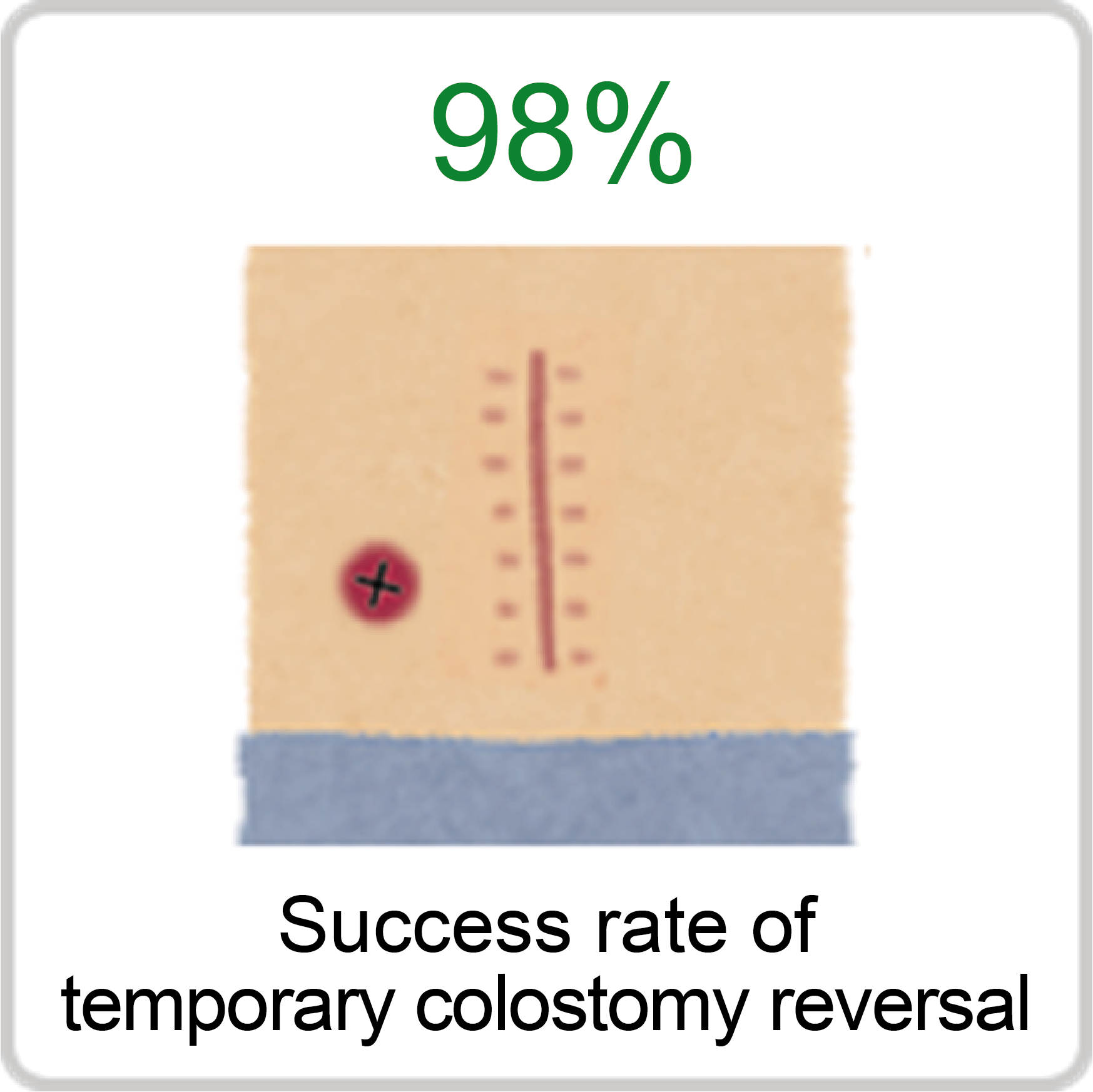
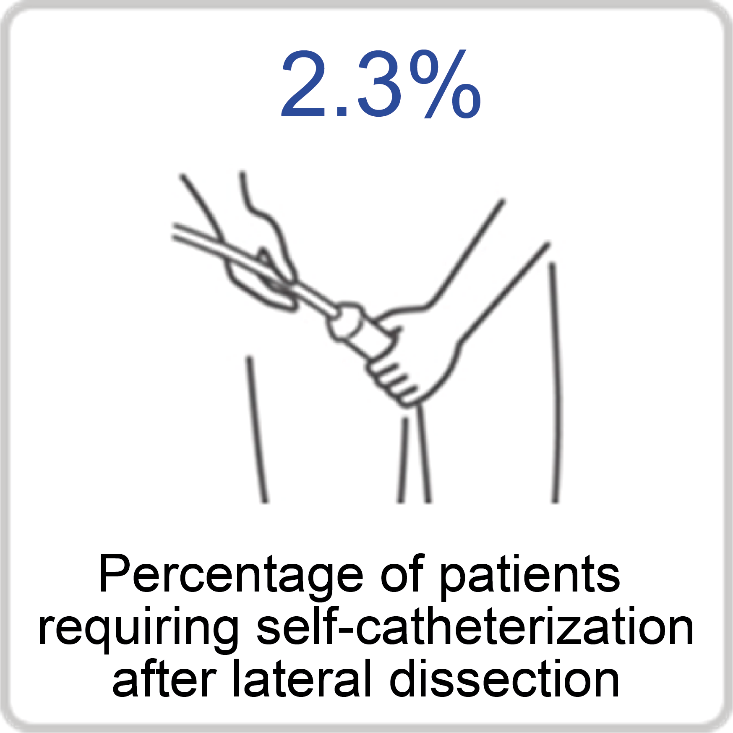
In contrast, severe late effects have been reported in patients who received Western-style chemoradiation-loaded therapy. In many such cases, the temporary colostomy cannot be reversed even if the external appearance of the anus can be preserved.
Department feature 3
Relentlessly tackling difficult cases
We do not readily rule out the possibility of surgical treatment, even in cases initially diagnosed as difficult or impossible to resect. We are actively performing one of the most difficult techniques, total pelvic exenteration with distal sacrectomy, for local recurrence after rectal cancer surgery, and conversion surgery for cases that have responded to chemotherapy.
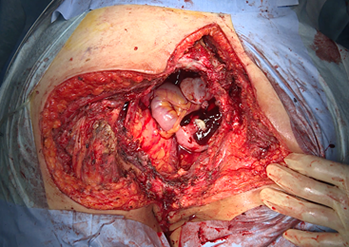
Total pelvic exenteration with distal sacrectomy
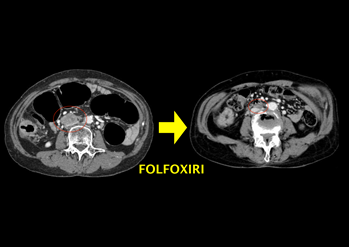
Example of conversion surgery
(Giant lymph node metastasis in front of IVC. R0 achieved by partial resection of IVC after complete response to chemotherapy.)
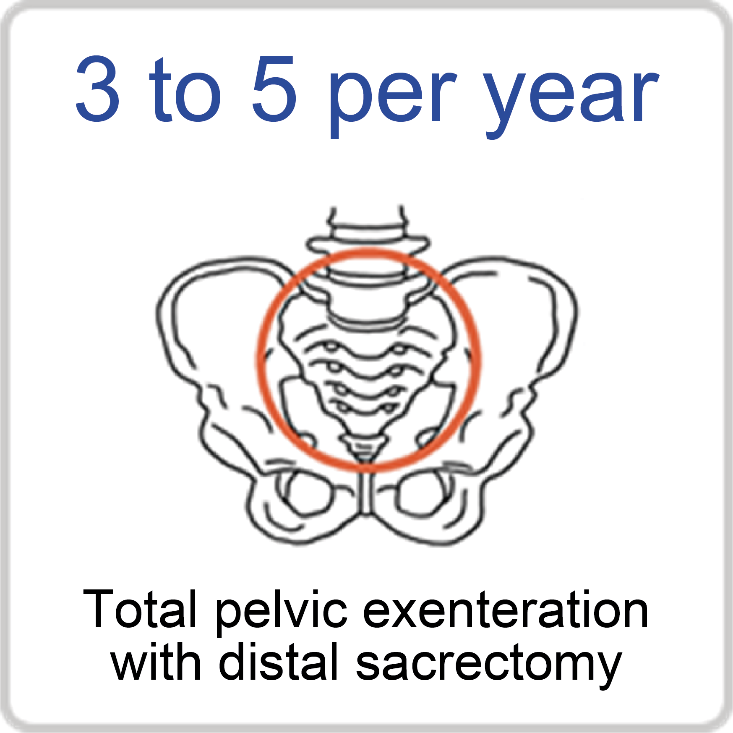
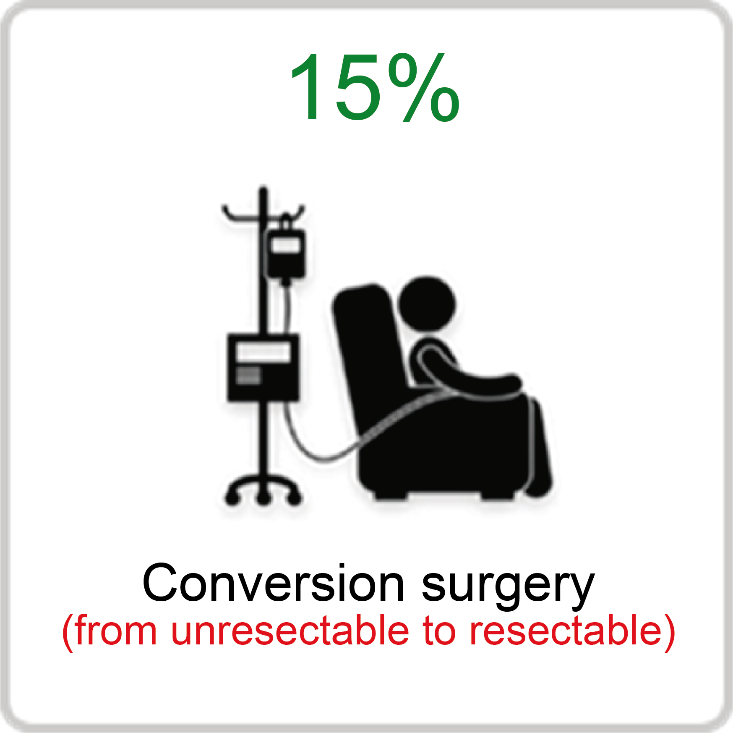
Very high 5-year overall survival rates relative to other institutions
Through our care approach described above, we have achieved a very high 5-year overall survival rate in each stage of the disease relative to other institutions.
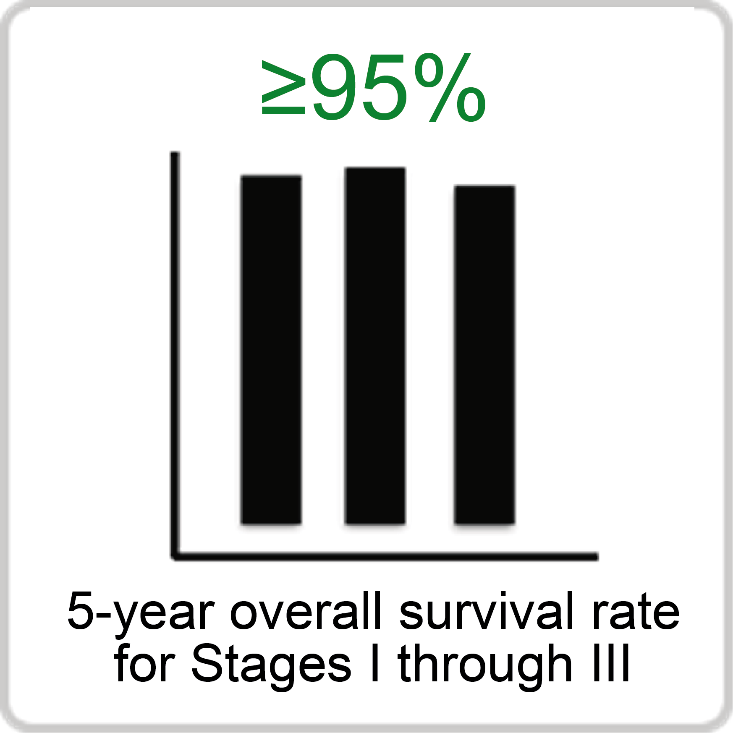
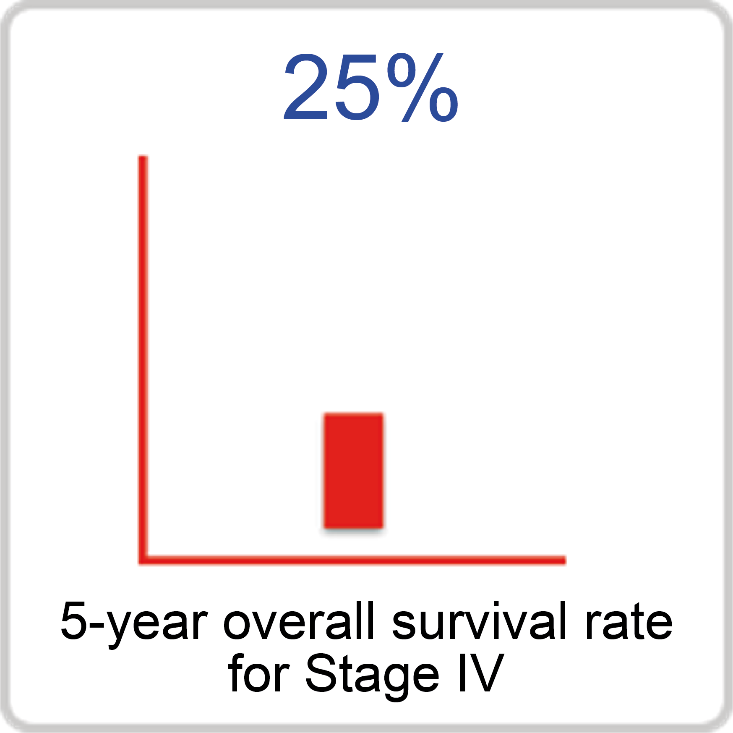
(Stage I: 96.3%; Stage II: 98%; Stage III: 94.9%; and Stage IV: 24.8% for patients treated between 2007 and 2009)
Please see the external link below for more information.
”Diversity is our strength”
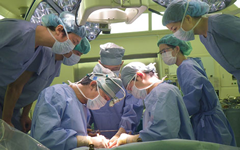
Open surgery
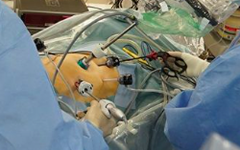
Laparoscopic surgery
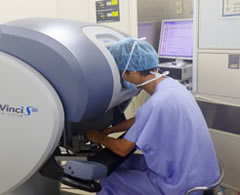
Robotic surgery
Department of Colorectal Surgery
- What is colorectal cancer?
- Treatment outcomes
- Staff
- Features of our department in illustrations and photos
- Information for patients coming from far away
- Video explaining colorectal cancer treatment
- Press releases and media coverage
- Research
- Residency program
Information on appointments and consultations
- Appointment for initial examination
- Outpatient visit
- Specialty outpatient visit
- Outpatient physician schedule
- Outpatient visit for second opinion or pathology consultation
- Inpatient stay
- Visitors
- Foreign patients
- Consultations for patients and family members
Minimally Invasive Surgery with Surgical Robots
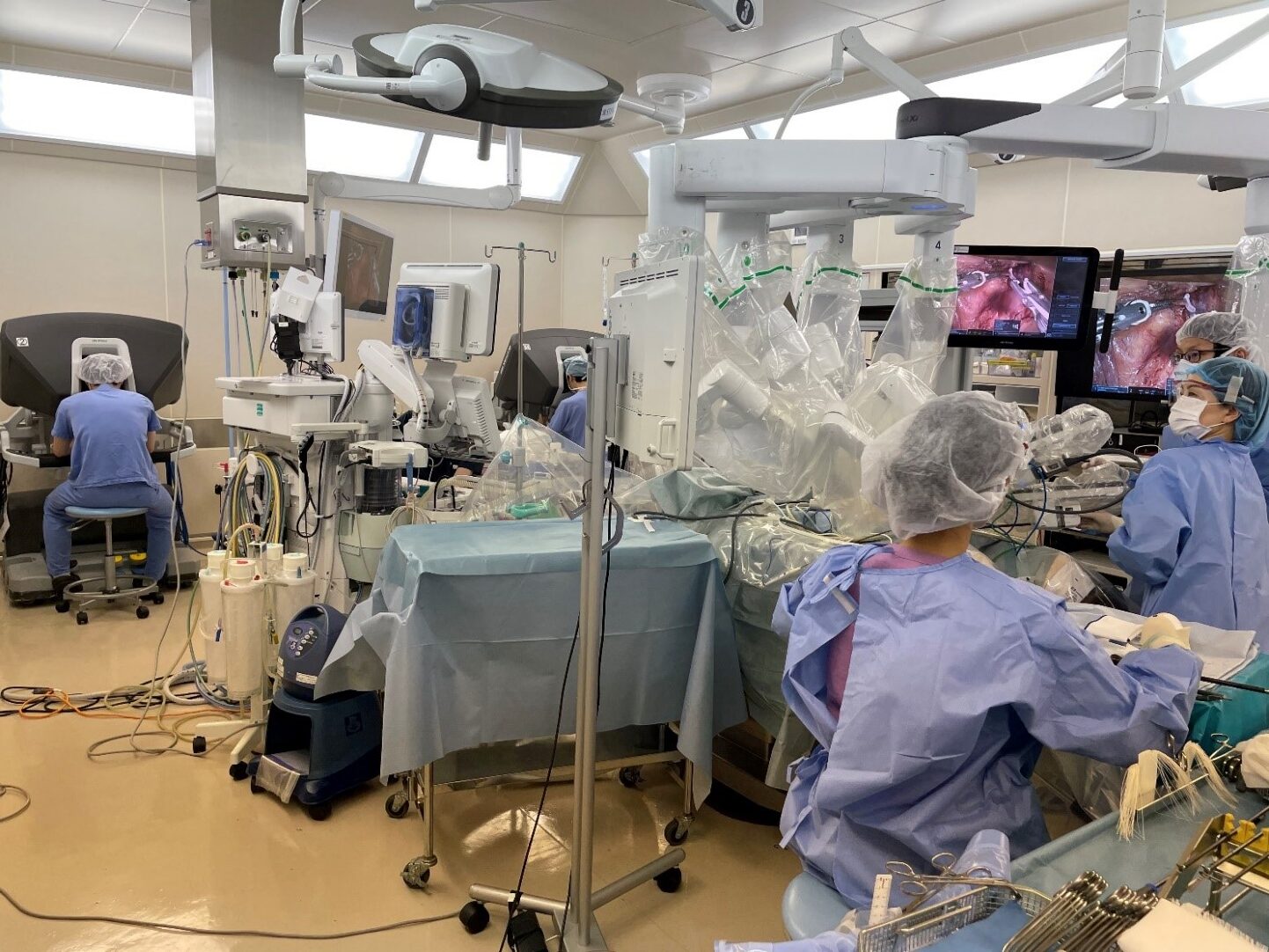
Shunsuke Tsukamoto
2023/05/17



